There can be your advertisement
300x150
How Our Small Apartments Differ from European Ones
We often use phrases like "European-level housing" without even thinking about what the key differences between our apartments and Western ones are. We decided to set aside prejudices in the style of "it's good where we are not" and take a closer look at this issue. We will examine the fundamental differences on the example of small apartments.
BeInDesign is a creative studio specializing in design, decoration, and architecture, focusing on interior design for both private and public spaces.
1. Apartment Layout
Russian Apartments
Standard layout of a Russian apartment involves separate rooms connected by corridors, with a separate bathroom. Until recently, storage or walk-in closets were not included in the basic layout. In Russia, the concept of studio apartments has undergone changes and is now more often perceived as an extravagant design move rather than a practical adaptation of space.
European Apartments
Studio and semi-studio apartments are more common. This is not a trend or an attempt to make the apartment unusual. The choice of studio layout is guided by pragmatic considerations: increasing useful area and rationally using space. Additionally, spaces without narrow or long corridors and closed doors appear more harmonious.
Russian Apartments
Often, Russians find the question of choosing a studio layout confusing, particularly regarding personal space and coordinating different life rhythms among family members. When buying an apartment, people often try to predict the arrival of a new family member in the style of "the son will grow up and bring a bride" or plan for a child's birth.
European Apartments
In Europe, it is common to leave the parental home earlier. Adult children rarely live under the same roof as their parents, and large families buy or rent houses. Therefore, studio apartments are generally preferred by bachelors, couples with pets, students, or young professionals who have recently started independent lives.
Russian Apartments
The area of a standard two-room flat in Russia is 40–60 sq. m. In recent years, the average size of new apartments in Moscow and the suburbs has slightly decreased and now averages 27–35 sq. m. for one-room and 52–56 sq. m. for two-room flats. Meanwhile, new economy-class apartments, compared to typical apartments of the same area in panel buildings, feature improved and more functional layouts. This is especially true for bathroom and kitchen areas.
In old Moscow apartments with large living rooms, and particularly in cramped "Hrushevks", the average bathroom area is 4 sq. m., and the kitchen is 6 sq. m. In new buildings, the average bathroom area is 8 sq. m. (more often variants with combined bathrooms are seen), and the kitchen area has also increased to no less than 10 square meters. European Apartments
Contrary to popular belief, European apartments are generally smaller than their counterparts. In Europe, a three-room flat fits in 50–60 sq. m. The average apartment size in Europe is 76 sq. m., but this figure is very approximate due to country-specific differences. For example, the average apartment size in Italy ranges from 28 to 77 sq. m., but in the historical parts of Venice and Rome, there are many apartments with an area of 8–12 sq. m.
European small apartments often lack a separate kitchen. Usually, it is combined with the living room or even represents a room divided into a small dining area and a zone or even a corner equipped with necessary furniture and ventilation. In Western Europe, separate bathrooms are rare.
Russian Apartments
All major reconfigurations in Russia must be legalized. Some reconfigurations can be reported post-facto, but there are restrictions on others. These include combining the kitchen with a living room if the apartment has a gas stove. It is forbidden to move sewage pipes or water supply risers. Installation of partitions in a room is not allowed if one part remains without natural lighting.
It is also forbidden to remove load-bearing walls, cut window openings, or change the shape of doorways in load-bearing walls. Permission is required to relocate a bathroom, install an air conditioner, lay heated floors, and perform any external work affecting the building facade.
European Apartments
In Europe, it is more difficult to make changes to the layout and decoration of an apartment. Without approval, one cannot only reconfigure an apartment but even install an air conditioner, change the color of window frames, or glaze a balcony. If the apartment is in a historical building, it is likely that doors, floor tiles, and even wall colors cannot be changed. In addition to high fines, the owner is required to restore the original appearance of the space at their own expense.
To create a comfortable environment, various tricks are often used: zoning one room into several using screens or sliding partitions, installing loft extensions where a bedroom or small office can be located.
Russian Apartments
Interiors often lack a sense of balance and moderation. Sometimes in a long-awaited apartment, people try to "put everything best at once" or, conversely, rush to move in to a minimally finished and hastily decorated apartment so that they can later do the dream renovation. Until recently, decoration was overly bright and ornate. If design services were used, clients expected to be amazed rather than create a comfortable interior for daily life. Clients perceived current European trends proposed by designers as "boring" and "uninteresting."
European Apartments
European interiors are usually decorated without excessive pomp and flair, making them more modest and comfortable for daily life. Interiors are often designed in pastel tones and not overloaded with furniture and decor. White is often left for the ceiling and walls to avoid fragmenting space further. Floor coverings are mostly light-colored, which visually adds height to the ceiling and expands the space.
For finishing materials, they prefer minimalist forms and natural materials. Furniture is chosen to be light, comfortable, and functional.
Russian Apartments
In apartment decoration, the habit of Soviet times has long persisted to divide items into festive and everyday ones. Beautiful and expensive things should be preserved and used only for special occasions or not at all. This leads to overloading the space with items that are divided into "useful" and "beautiful." Another aspect is our excessive emphasis on visual effects.European Apartments
In Europe, functional decor is preferred and any feeling of clutter or heaviness is avoided. Decorative accessories can be any everyday items. Originality in shape and texture or an unconventional approach to ordinary items is more important. Natural materials such as glass, chrome-plated metal, wood, stone, and bone are often used in accessories.
A wide selection of designer decor can be viewed here.
7. Lighting ScenarioRussian Apartments
Multi-level lighting is used quite often. But windows are still decorated with multi-layered and contrasty dense curtains. Russia is hard to call a sunny country. In addition to visual weight, this solution also restricts space and deprives it of air.
European Apartments
Complex lighting in Western interiors is also common. But the approach to natural lighting among Europeans is completely different. Almost all European interiors can be seen with light, semi-transparent curtains or just minimalist roller blinds and venetian blinds.
A wide selection of designer lighting can be viewed here.
On the cover: BeInDesign design project
More articles:
 How to Turn a Two-Room Apartment into a Three-Room Apartment: 3 Layout Options
How to Turn a Two-Room Apartment into a Three-Room Apartment: 3 Layout Options Bedroom Renovation: 6 Tips for Quality Work
Bedroom Renovation: 6 Tips for Quality Work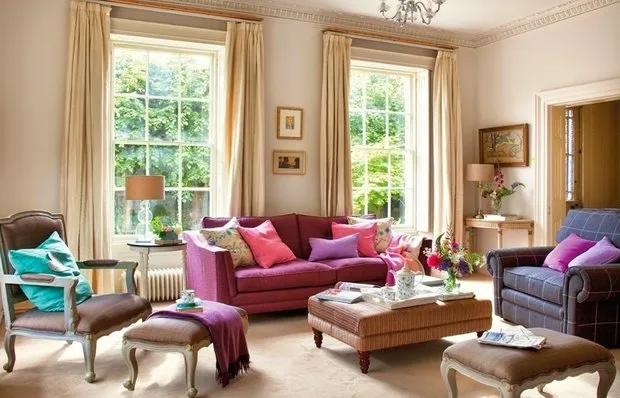 How to Make House Cleaning Easier in a Country Home: 8 Modern Ideas
How to Make House Cleaning Easier in a Country Home: 8 Modern Ideas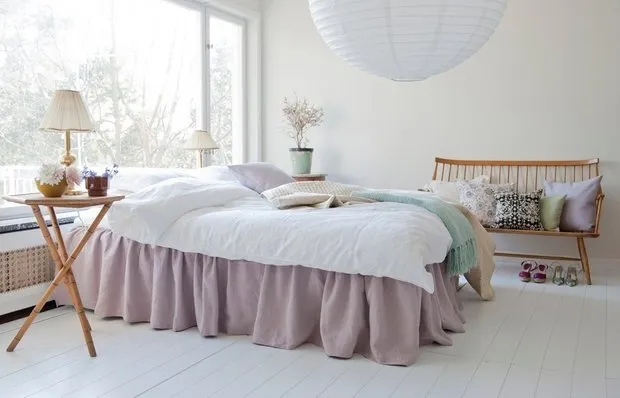 Home Cleaning: 10 Life Hacks You Should Know
Home Cleaning: 10 Life Hacks You Should Know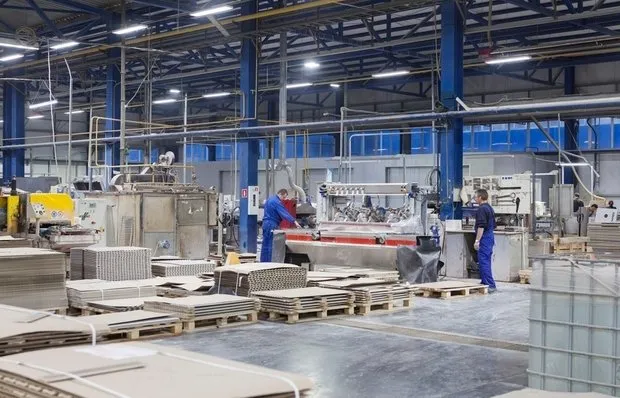 How Ceramic Tiles Are Made: Report from the Kerama Marazzi Factory in Orle
How Ceramic Tiles Are Made: Report from the Kerama Marazzi Factory in Orle Beauty American Style: Vintage Interior in London
Beauty American Style: Vintage Interior in London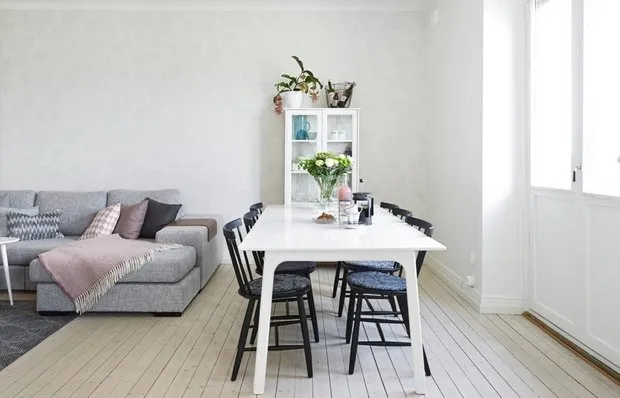 How to Quickly and Easily Transform Your Interior: 8 Tips from a Professional
How to Quickly and Easily Transform Your Interior: 8 Tips from a Professional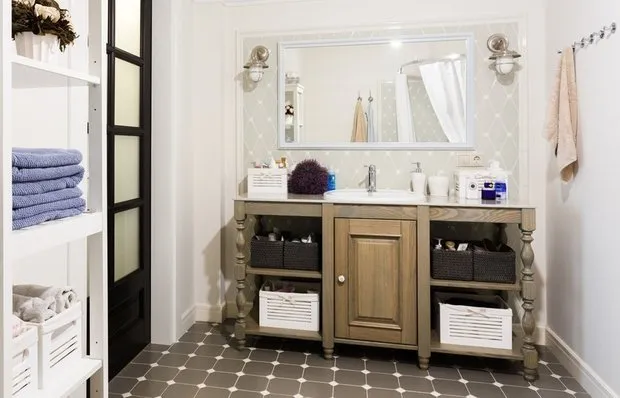 How to Properly Lay Tile in a Bathroom
How to Properly Lay Tile in a Bathroom